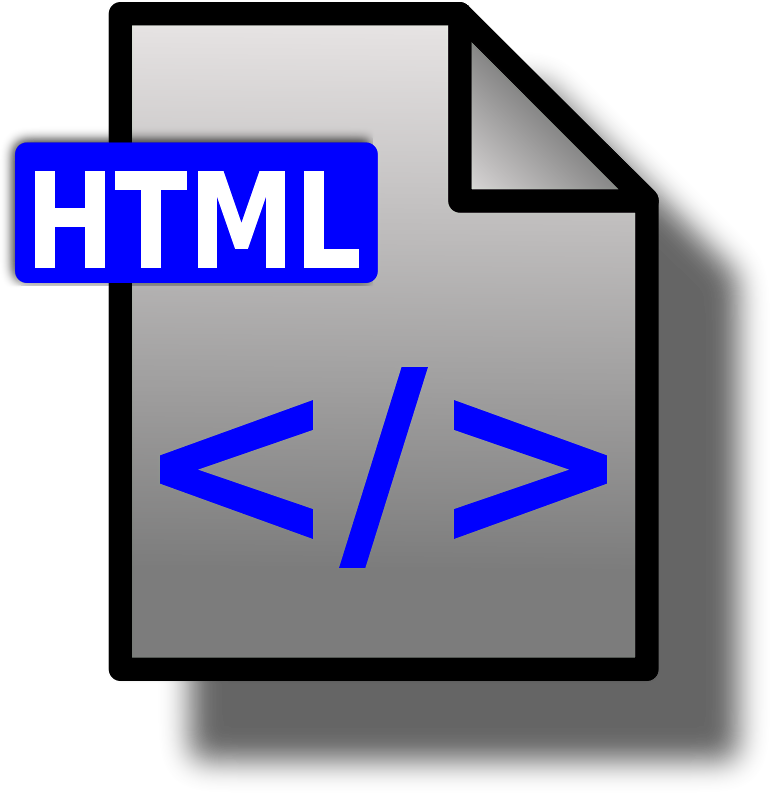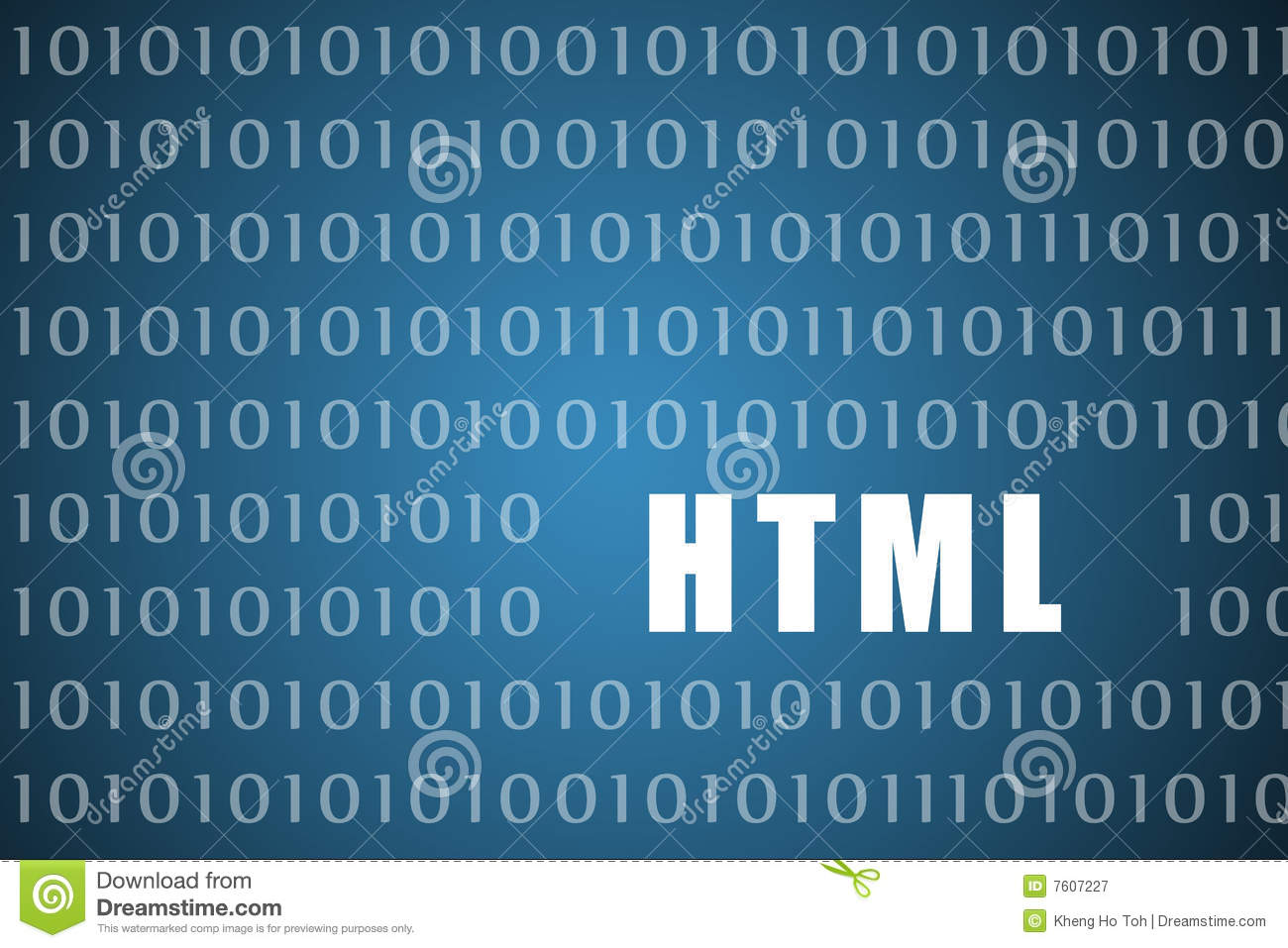Recommended knowledge articles related to element IDs
The difference between the ID and Name attributes of HTML elements suddenly became interesting today. I want to delve into the specific differences between these two attributes. The most classical answer: ID is like a person’s ID number, and Name is like his. Name and ID are obviously unique, while Name can be repeated. Obviously, the answer to ID and Name is too general. Of course, that explanation is completely correct for ID, which is the Identity of the HTML element on the client side. Name is actually much more complicated, because Name has many uses, so it cannot be completely replaced by ID, thus canceling it. The specific uses are: Use 1: As a server-side indicator of HTML elements that can interact with the server, such as input, select, textarea, and button. We can get the value submitted by the element through Request.Params based on its Name on the server side. &
1. The specific difference between the ID and Name attributes of HTML elements

##Introduction: I suddenly got interested today and want to delve into the specific differences between these two attributes. The most classical answer: ID is like a person’s ID number, and Name is like his name. ID is obviously unique. , and Name can be repeated. Obviously, the answer to ID and Name is too general. Of course, that explanation is completely correct for ID, which is the Identity of the HTML element on the client side.
2. Comprehensive analysis of js selector

3.
The difference between the ID and Name attributes of HTML elements is introduced in detail

4.
struts2 Detailed explanation of the use of s:iterator tag
 ##Introduction: Simple demo: There are 3 s:iterator tags Attributes: value: id of the collection being iterated: id status of the element in the specified collection index of the iterated element
##Introduction: Simple demo: There are 3 s:iterator tags Attributes: value: id of the collection being iterated: id status of the element in the specified collection index of the iterated element
5.
How to use the PHP function preg_match_all to test the effect of regular expressions_ PHP tutorialIntroduction: How to use the PHP function preg_match_all to test the effect of regular expressions. The specific usage of the PHP function preg_match_all can be found in the PHP function preg_match_all instance requirements: separate each one. Extract the ID and content of the DIV element, such as biuuu, biuuu_2, biuuu_3, p
6.
The difference between the ID and Name attributes of HTML elements_html/css_WEB-ITnoseIntroduction: The difference between the ID and Name attributes of HTML elements
7.
How to modify the id after cloning the id object in js Element's id valueIntroduction: How to modify the id value of the child element under the id after js clones the id object
##8. How to modify the id value of the child element under the id after js clones the id object
##Introduction: js clones the id object How to modify the id value of the child element under the id. This post was last edited by qq_28513445 on 2015-05-26 23:40:28 9. How to use the PHP function preg_match_all to test the effect of regular expressions Introduction: How to use the PHP function preg_match_all to test the effect of regular expressions. For the specific usage of PHP function preg_match_all, we can ask in the PHP function preg_match_all instance: take out the ID and content of each DIV element, such as biuuu, biuuu_2, biuuu_3, p ##10. The difference between the ID and Name attributes of HTML elements - haozitaotianxia Introduction: The difference between the ID and Name attributes of HTML elements - haozitaotianxia [Related Q&A recommendations]: Is there a way to dynamically execute functions in Javascript (dynamic function names) java collection container Two questions javascript - freemarker custom tags, how to dynamically obtain parameters javascript - Why is the map method of js not for collections? Are elements operated in order? javascript - I need to bind events to tools-rows and output the ID of the clicked element. Why is it sometimes empty?
The above is the detailed content of Recommended knowledge articles related to element IDs. For more information, please follow other related articles on the PHP Chinese website!

Hot AI Tools

Undresser.AI Undress
AI-powered app for creating realistic nude photos

AI Clothes Remover
Online AI tool for removing clothes from photos.

Undress AI Tool
Undress images for free

Clothoff.io
AI clothes remover

Video Face Swap
Swap faces in any video effortlessly with our completely free AI face swap tool!

Hot Article

Hot Tools

Notepad++7.3.1
Easy-to-use and free code editor

SublimeText3 Chinese version
Chinese version, very easy to use

Zend Studio 13.0.1
Powerful PHP integrated development environment

Dreamweaver CS6
Visual web development tools

SublimeText3 Mac version
God-level code editing software (SublimeText3)

Hot Topics
 1669
1669
 14
14
 1428
1428
 52
52
 1329
1329
 25
25
 1273
1273
 29
29
 1256
1256
 24
24
 HTML: The Structure, CSS: The Style, JavaScript: The Behavior
Apr 18, 2025 am 12:09 AM
HTML: The Structure, CSS: The Style, JavaScript: The Behavior
Apr 18, 2025 am 12:09 AM
The roles of HTML, CSS and JavaScript in web development are: 1. HTML defines the web page structure, 2. CSS controls the web page style, and 3. JavaScript adds dynamic behavior. Together, they build the framework, aesthetics and interactivity of modern websites.
 The Future of HTML, CSS, and JavaScript: Web Development Trends
Apr 19, 2025 am 12:02 AM
The Future of HTML, CSS, and JavaScript: Web Development Trends
Apr 19, 2025 am 12:02 AM
The future trends of HTML are semantics and web components, the future trends of CSS are CSS-in-JS and CSSHoudini, and the future trends of JavaScript are WebAssembly and Serverless. 1. HTML semantics improve accessibility and SEO effects, and Web components improve development efficiency, but attention should be paid to browser compatibility. 2. CSS-in-JS enhances style management flexibility but may increase file size. CSSHoudini allows direct operation of CSS rendering. 3.WebAssembly optimizes browser application performance but has a steep learning curve, and Serverless simplifies development but requires optimization of cold start problems.
 The Future of HTML: Evolution and Trends in Web Design
Apr 17, 2025 am 12:12 AM
The Future of HTML: Evolution and Trends in Web Design
Apr 17, 2025 am 12:12 AM
The future of HTML is full of infinite possibilities. 1) New features and standards will include more semantic tags and the popularity of WebComponents. 2) The web design trend will continue to develop towards responsive and accessible design. 3) Performance optimization will improve the user experience through responsive image loading and lazy loading technologies.
 HTML: Building the Structure of Web Pages
Apr 14, 2025 am 12:14 AM
HTML: Building the Structure of Web Pages
Apr 14, 2025 am 12:14 AM
HTML is the cornerstone of building web page structure. 1. HTML defines the content structure and semantics, and uses, etc. tags. 2. Provide semantic markers, such as, etc., to improve SEO effect. 3. To realize user interaction through tags, pay attention to form verification. 4. Use advanced elements such as, combined with JavaScript to achieve dynamic effects. 5. Common errors include unclosed labels and unquoted attribute values, and verification tools are required. 6. Optimization strategies include reducing HTTP requests, compressing HTML, using semantic tags, etc.
 HTML vs. CSS vs. JavaScript: A Comparative Overview
Apr 16, 2025 am 12:04 AM
HTML vs. CSS vs. JavaScript: A Comparative Overview
Apr 16, 2025 am 12:04 AM
The roles of HTML, CSS and JavaScript in web development are: HTML is responsible for content structure, CSS is responsible for style, and JavaScript is responsible for dynamic behavior. 1. HTML defines the web page structure and content through tags to ensure semantics. 2. CSS controls the web page style through selectors and attributes to make it beautiful and easy to read. 3. JavaScript controls web page behavior through scripts to achieve dynamic and interactive functions.
 HTML vs. CSS and JavaScript: Comparing Web Technologies
Apr 23, 2025 am 12:05 AM
HTML vs. CSS and JavaScript: Comparing Web Technologies
Apr 23, 2025 am 12:05 AM
HTML, CSS and JavaScript are the core technologies for building modern web pages: 1. HTML defines the web page structure, 2. CSS is responsible for the appearance of the web page, 3. JavaScript provides web page dynamics and interactivity, and they work together to create a website with a good user experience.
 HTML: Is It a Programming Language or Something Else?
Apr 15, 2025 am 12:13 AM
HTML: Is It a Programming Language or Something Else?
Apr 15, 2025 am 12:13 AM
HTMLisnotaprogramminglanguage;itisamarkuplanguage.1)HTMLstructuresandformatswebcontentusingtags.2)ItworkswithCSSforstylingandJavaScriptforinteractivity,enhancingwebdevelopment.
 What is the difference between <strong>, <b> tags and <em>, <i> tags?
Apr 28, 2025 pm 05:42 PM
What is the difference between <strong>, <b> tags and <em>, <i> tags?
Apr 28, 2025 pm 05:42 PM
The article discusses the differences between HTML tags , , , and , focusing on their semantic vs. presentational uses and their impact on SEO and accessibility.




